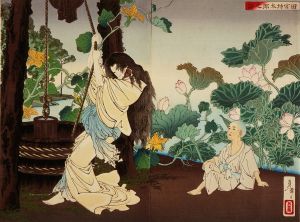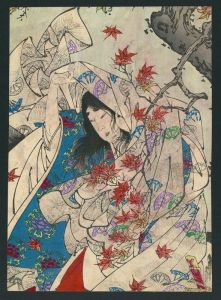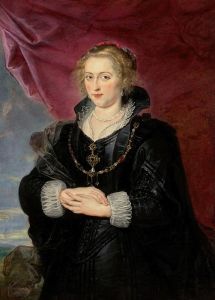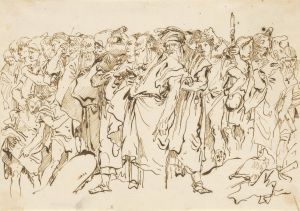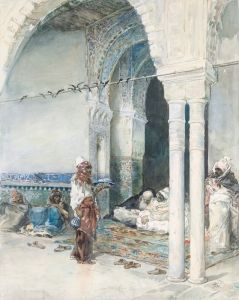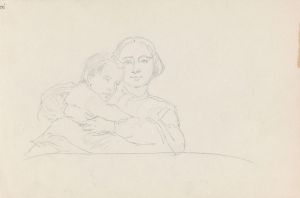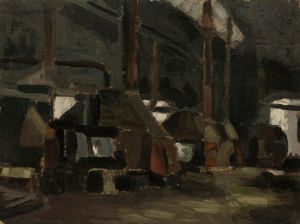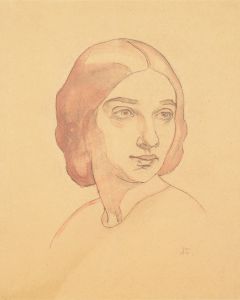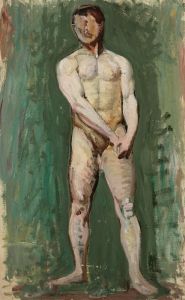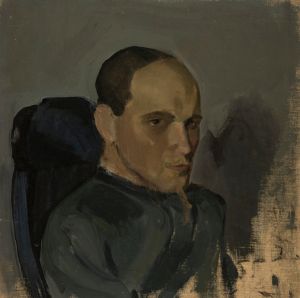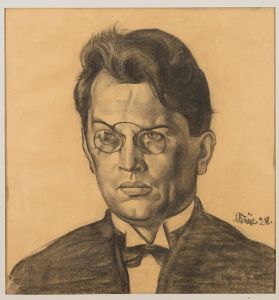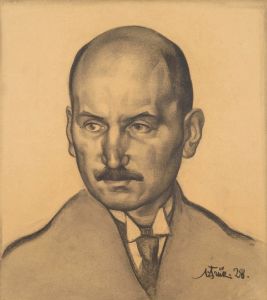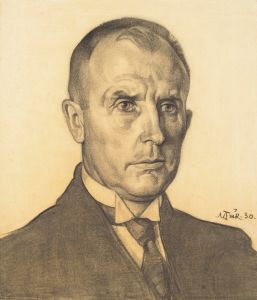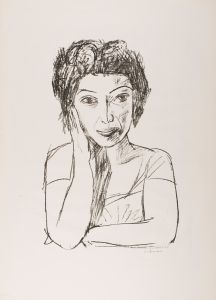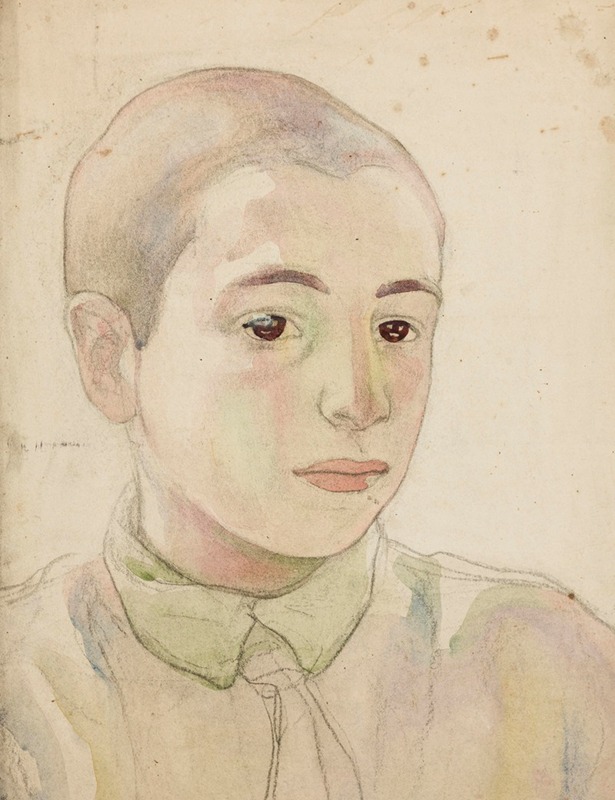
Poisi pea
A hand-painted replica of Nikolai Triik’s masterpiece Poisi pea, meticulously crafted by professional artists to capture the true essence of the original. Each piece is created with museum-quality canvas and rare mineral pigments, carefully painted by experienced artists with delicate brushstrokes and rich, layered colors to perfectly recreate the texture of the original artwork. Unlike machine-printed reproductions, this hand-painted version brings the painting to life, infused with the artist’s emotions and skill in every stroke. Whether for personal collection or home decoration, it instantly elevates the artistic atmosphere of any space.
Nikolai Triik was an influential Estonian painter and graphic artist, known for his contributions to the development of modern art in Estonia during the early 20th century. Born on August 7, 1884, in Tallinn, Triik studied art in Saint Petersburg, Russia, and later in Paris, France, where he was influenced by various modernist movements, including Impressionism and Symbolism. His exposure to these artistic styles played a significant role in shaping his unique approach to art.
One of Triik's notable works is "Poisi pea," which translates to "Boy's Head" in English. This painting is a fine example of Triik's skill in portraiture and his ability to capture the essence of his subjects with a modernist sensibility. While specific details about the creation date and the current location of "Poisi pea" are not widely documented, the painting is recognized as part of Triik's broader body of work that contributed to the Estonian art scene.
"Poisi pea" reflects Triik's interest in exploring human expression and character through portraiture. The painting likely showcases his adept use of color and form, elements that are characteristic of his style. Triik often employed a bold color palette and dynamic brushwork, which can be seen in his portraits and other works. His approach was influenced by his time in Paris, where he was exposed to the works of artists like Paul Cézanne and Vincent van Gogh, whose emphasis on color and emotional depth left a lasting impression on him.
Throughout his career, Triik was involved with several art groups and movements that sought to promote modern art in Estonia. He was a member of the Noor-Eesti (Young Estonia) movement, which aimed to foster a new cultural identity for Estonia by embracing modernism and innovation in the arts. This movement played a crucial role in the cultural awakening of Estonia during the early 20th century, and Triik's contributions were instrumental in its success.
In addition to his work as a painter, Triik was also a talented graphic artist. He created numerous illustrations and designs, further showcasing his versatility and commitment to the arts. His work in graphic design often complemented his painting, as both mediums allowed him to explore different aspects of visual expression.
Nikolai Triik's legacy is significant in the context of Estonian art history. His efforts to introduce modernist ideas and techniques helped pave the way for future generations of Estonian artists. Despite facing challenges during his lifetime, including political upheaval and personal struggles, Triik remained dedicated to his craft until his death on August 12, 1940.
While specific information about "Poisi pea" may be limited, the painting remains an important part of Triik's oeuvre and a testament to his impact on the art world. His work continues to be celebrated for its innovation and contribution to the cultural heritage of Estonia.





